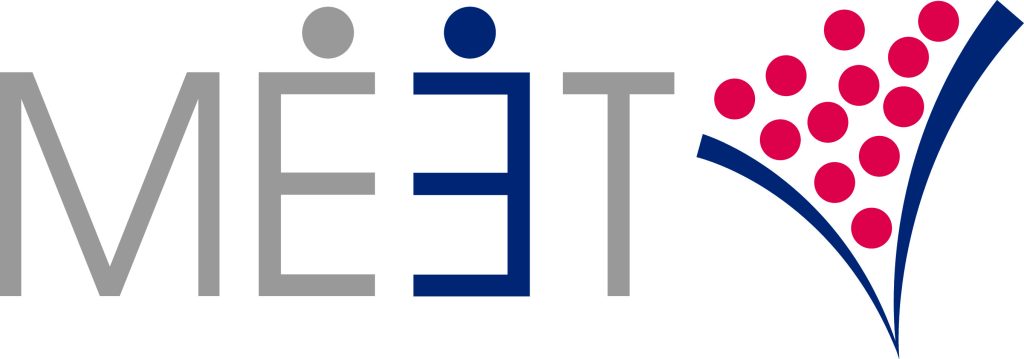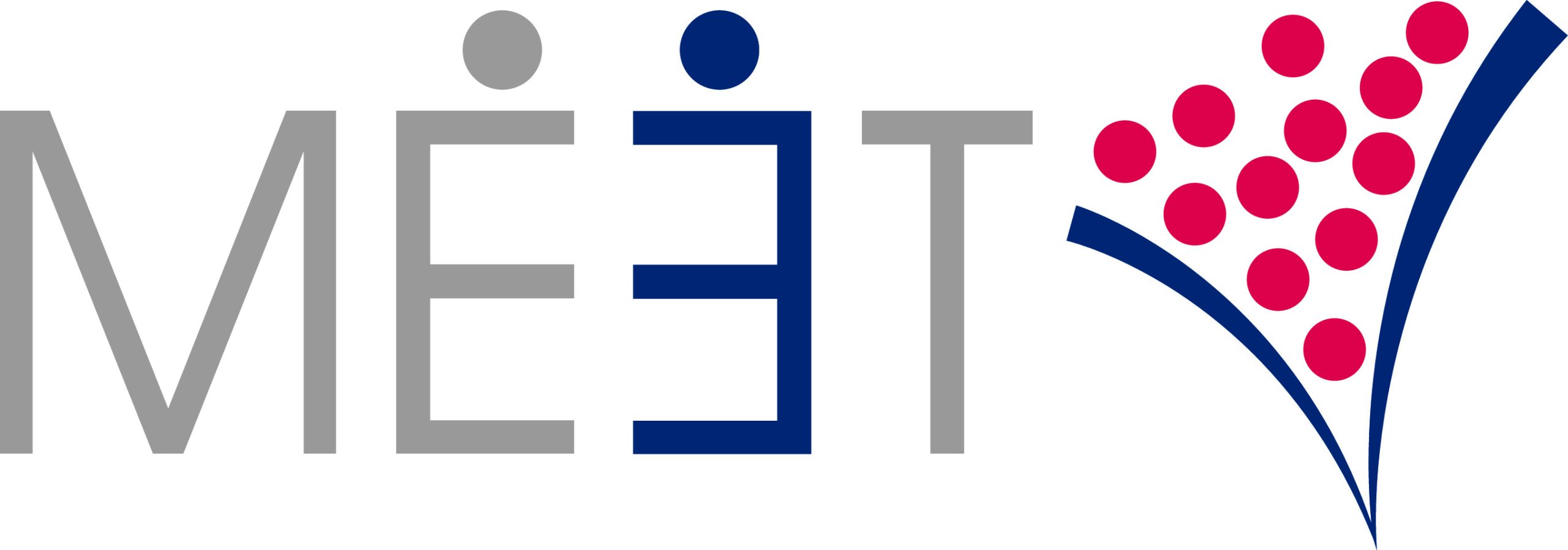The goal of your trade show strategy plan is to produce more sales. But that doesn’t mean that your focus should only be on prospects.
 A well-executed trade show strategy plan that delivers ROI, targets four types of people (or four stakeholder groups) in attendance at any trade show: prospects, customers, partners, and centers of influence.
A well-executed trade show strategy plan that delivers ROI, targets four types of people (or four stakeholder groups) in attendance at any trade show: prospects, customers, partners, and centers of influence.
Efforts to reach these four stakeholders take place in and outside the booth and leverage the skills of your entire team, including sales, marketing, and transaction professionals. (Curious about the role of transaction professionals in driving booth sales? Check out this post)
Where and how to engage with your 4 stakeholder groups
Inside the Booth
The purpose of your exhibit booth is to identify volumes of quality prospects. A well-crafted booth offer (i.e. the right bait) will attract qualified prospects to your transaction professionals. Parallel efforts outside the booth helps to drive traffic in that direction.
Outside the Booth
At MEET, we make it a point in our trade show consultation strategies to place salespeople outside the booth. We firmly believe that the best role for salespeople at a trade show is in pre-set 1-on-1 meetings with prospects who are already in the sales funnel, customers, partners, and centers of influence.
When devising a trade show strategy plan, don’t be afraid to allocate half your sales team’s day to 1-on-1 meetings to deepen relationships with key people. Whether it’s signing an agreement or walking through a proposal, 1-on-1 meetings move the ball downfield and drive steady sales growth.
Maximize the role of salespeople in your trade show strategy plan
When attending a trade show, your sales team should have 3 goals:
- Close business with existing prospects (or at least move to the next sales-stage)
- Re-connect with and further penetrate current customer relationships
- Observe competitors, partners, existing customers and centers of influence to ensure they are up-to-date on the industry
Beyond pre-set 1-on-1 meetings, you want your salespeople engaged in other strategies to effectively connect with your four stakeholders groups outside the booth.
One way to do this is to make sure they have time to walk through the entire show. Every trade show strategy plan should include a strategic pre-mapped selection of relevant booths, and a staffing strategy that ensures each will be visited by a member of your team, maybe even different members at different times to get multiple views.
Attending the show’s content is another key activity. When salespeople attend content that customers and prospects are interested in, they learn their language, hear how they communicate and are able to stay current on latest developments that matter to them.
Similar to your strategy for walking the trade show floor, content should be pre-selected based on the level of attractiveness to your four stakeholder groups.
As for building a schedule, prioritize 1-on-1 meetings in your sales team’s schedule first, varying who will go to each event, then add walking the floor, and content sessions.
Three outside-the-booth touch points, one goal: to deepen relationships with your four stakeholder groups.
 Driving sustained growth
Driving sustained growth
Utilizing trade shows to produce sales is highly effective, but it’s not a single factor model. There are a variety of parallel efforts—in the booth identifying prospects and outside the booth connecting with customers, prospects, partners and centers of influence that drive sustained growth.
A well-executed trade show strategy plan delivers a consistent flow of high-quality prospects. Focusing on all four of your key stakeholder groups helps to ensure that your investment in time and money is well spent.
About
MEET (meetroi.com) helps B2B growth companies and pavilion hosts effectively leverage at trade shows and in-person events. MEET’s processes help its clients ramp-up sales quickly and maintain a steady stream of high-quality prospects going forward. Contact Bill Kenney at MEET today for a free trade show participation assessment bill@meetroi.com or +1 (860) 573-4821.

